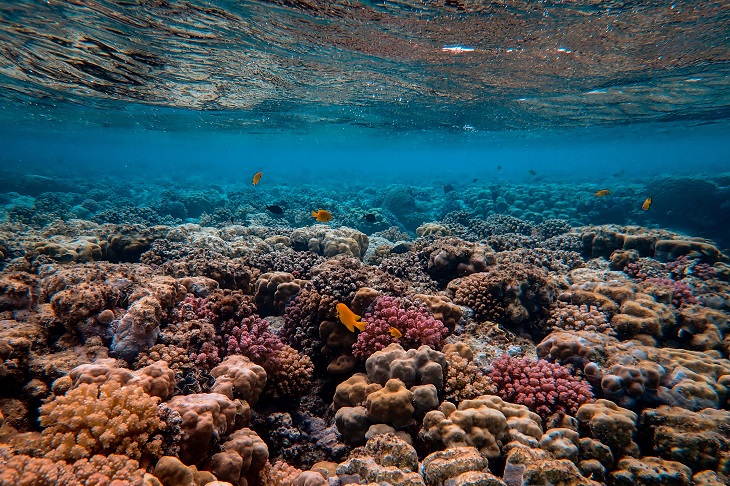I write to firmly contest the claims of last week’s opinion article regarding the annual survey of the Great Barrier Reef, Healthy Great Barrier Reef, healthy environmental scandal, 10 Aug 22.
The Australian Institute of Marine Science has been very clear that the Reef recovery is good news, but the threats of acute disturbances are accelerating, and considerable coral loss from a passing cyclone or another severe coral bleaching event are only ever one summer away.
It was AIMS who first brought this information about the reef’s recovering health to national attention. To suggest that we have ‘kept it oddly quiet’ is not correct. AIMS has widely publicised the positive increases in coral cover on the Reef for the past three years (not just this year). The results of last year’s survey were reported in 1,100 news articles over three weeks reaching 7.5 million Australians.
The Great Barrier Reef is big. It runs along 2,300 km of coastline across five Queensland regions which vary in climate, land use, geography, population, flora, and fauna. That is why it is logical for AIMS to segment coral cover into three distinct reef regions from north to south, not into one aggregated total.
AIMS’ Great Barrier Reef monitoring is the most extensive and comprehensive record of coral condition of a single reef ecosystem available in the world. The manta tow method is an efficient way to survey large areas of reef. It is a standard means to assess hard coral cover and suggestions of over-estimation of data are not based on evidence. Manta tow divers are trained observers. AIMS staff do the work, not interns. All the observers on the last survey voyage held either a PhD, BSc or BSc Hons. Ultimately the best onboard sensor and computer is the human eye and brain.
AIMS use of photography during the reef surveys is shown clearly in our publicly accessible videos. Our cameras record reef community changes – 85,000 images and videos from last year’s survey – and a machine-learning coral recognition system speeds up our data analysis. AIMS also surveys reefs by photo mapping to visualise them in 3D.
AIMS carries out fixed site surveys along transects as part of the annual monitoring – our transect sites are on the 85 to 130 reefs we have surveyed each year for the past 36 years.
AIMS monitoring is accurate and replicable. Our monitoring methods repeatedly survey the same habitats, meaning AIMS manta tow sections and survey sites are repeatable through our 36 years of monitoring. Repeatedly surveying the same habitat allows us to detect change and gives all who use the data a baseline to work off.
AIMS survey of 15km of John Brewer Reef produces a reef-wide average of coral cover at 21.8 per cent.
The differences in the amount of coral bleaching recorded on John Brewer Reef through in-water and aerial surveys are due to both timing and the part of the Reef each survey assesses. AIMS’ underwater survey examined reef slopes and recorded ‘minor’ bleaching. Nine days later the water temperature was warmer and reached the maximum degree heating week. The aerial survey covers a broader area and captures the shallower reef flat, crest and upper slope. It recorded a ‘severe’ bleaching score. They are different survey methods and should be treated as such.
There is no scandal or conspiracy. AIMS has no agenda, our reef science data is accurate, objective and publicly accessible.
I encourage readers to look further into our work monitoring the health of the Reef.
John Liston is the Corporate Communication and Public Affairs Manager for the Australian Institute of Marine Science
Got something to add? Join the discussion and comment below.
Get 10 issues for just $10
Subscribe to The Spectator Australia today for the next 10 magazine issues, plus full online access, for just $10.


























Comments
Don't miss out
Join the conversation with other Spectator Australia readers. Subscribe to leave a comment.
SUBSCRIBEAlready a subscriber? Log in